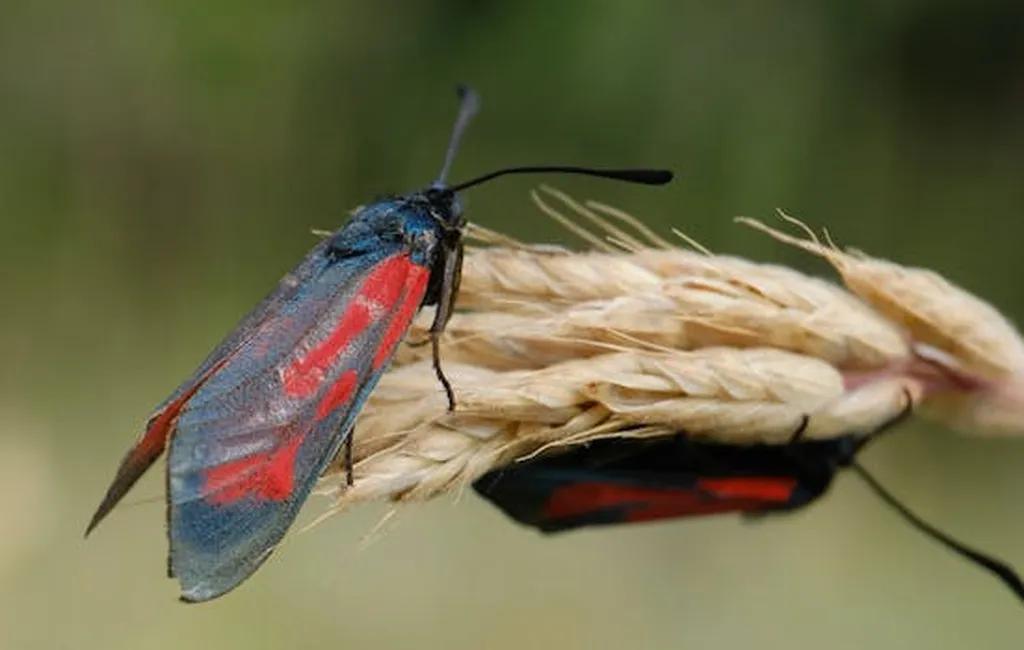In the ever-evolving landscape of agricultural technology, a groundbreaking development has emerged that promises to revolutionize wheat pest detection. Researchers have introduced CropCLR-Wheat, a novel framework that leverages self-supervised contrastive learning and an attention-enhanced mechanism to tackle the persistent challenges of viewpoint perturbations, sample scarcity, and heterogeneous data distributions in wheat pest recognition.
The CropCLR-Wheat framework, developed by a team led by Yan Wang at China Agricultural University, integrates a viewpoint-invariant feature encoder and a diffusion-based feature filtering module. This combination significantly enhances pest damage localization and feature consistency, enabling high-accuracy recognition even under limited-sample conditions. The model’s performance is impressive, achieving a precision of 89.4%, a recall of 87.1%, and an accuracy of 88.2% in 5-shot classification tasks. These metrics improve to 92.3%, 90.5%, and 91.2%, respectively, under the 10-shot setting.
One of the most striking aspects of this research is its robustness under viewpoint disturbances. The model records a prediction consistency rate of 88.7%, a confidence variation of only 7.8%, and a prediction consistency score (PCS) of 0.914. This stability and adaptability are crucial for real-world applications in the field.
The practical viability of the framework is further demonstrated by its deployment results. On the Jetson Nano device, it achieves an inference latency of 84 ms, a frame rate of 11.9 FPS, and an accuracy of 88.2%. These results confirm the efficiency of the proposed approach in edge computing environments, making it a promising tool for intelligent agricultural terminal systems.
“The potential impact of CropCLR-Wheat on the agriculture sector is substantial,” said Yan Wang, lead author of the study published in the journal ‘Insects’. “By balancing generalization performance with deployability, our method provides robust support for intelligent agricultural terminal systems and holds substantial potential for wide-scale application.”
The implications of this research are far-reaching. As the agriculture sector continues to embrace digital transformation, the need for efficient and accurate pest detection systems becomes increasingly critical. CropCLR-Wheat addresses this need by offering a lightweight, high-performance solution that can be easily integrated into existing agricultural workflows.
This innovation not only enhances the efficiency of pest management but also contributes to sustainable agriculture practices. By enabling early and accurate detection of pest damage, farmers can take timely action to mitigate losses and reduce the need for chemical interventions, promoting more environmentally friendly farming practices.
The research led by Yan Wang at China Agricultural University represents a significant step forward in the field of agricultural AI. As the technology continues to evolve, it is likely that we will see even more sophisticated and efficient solutions emerging, further transforming the way we approach pest management and crop protection. The future of agriculture is increasingly intertwined with advanced technologies, and CropCLR-Wheat is a testament to the exciting possibilities that lie ahead.

